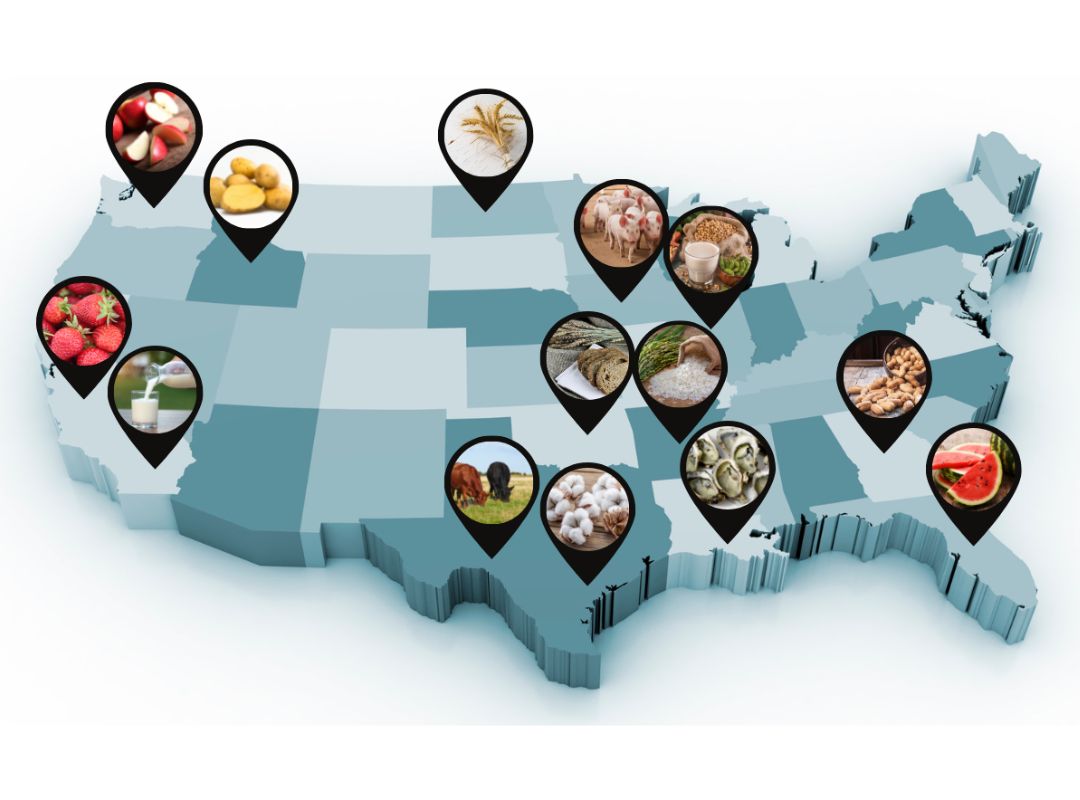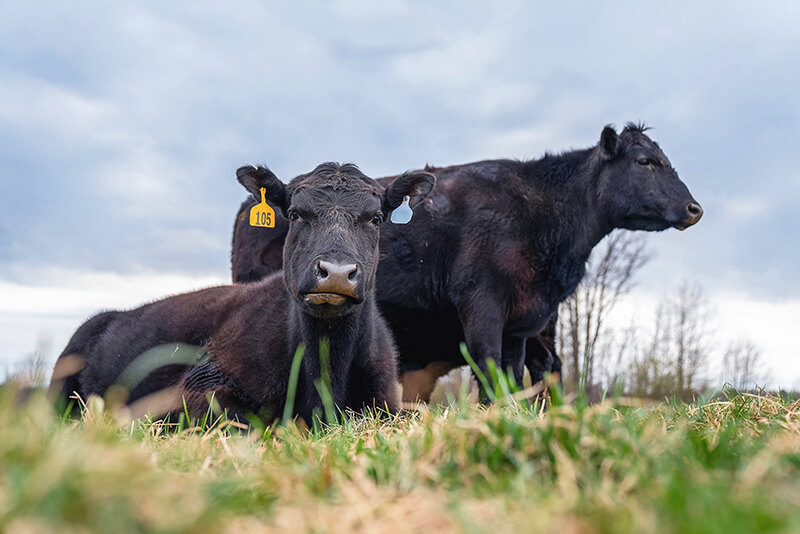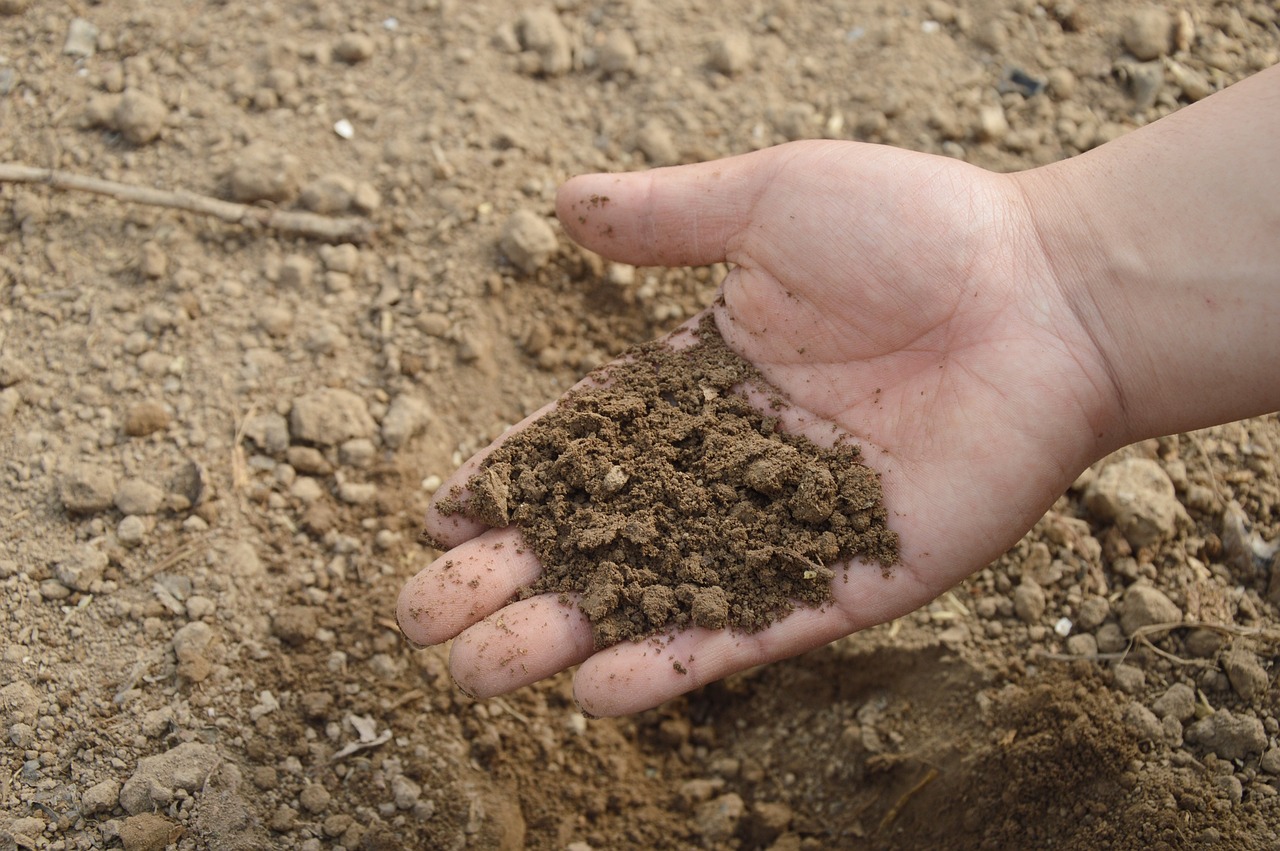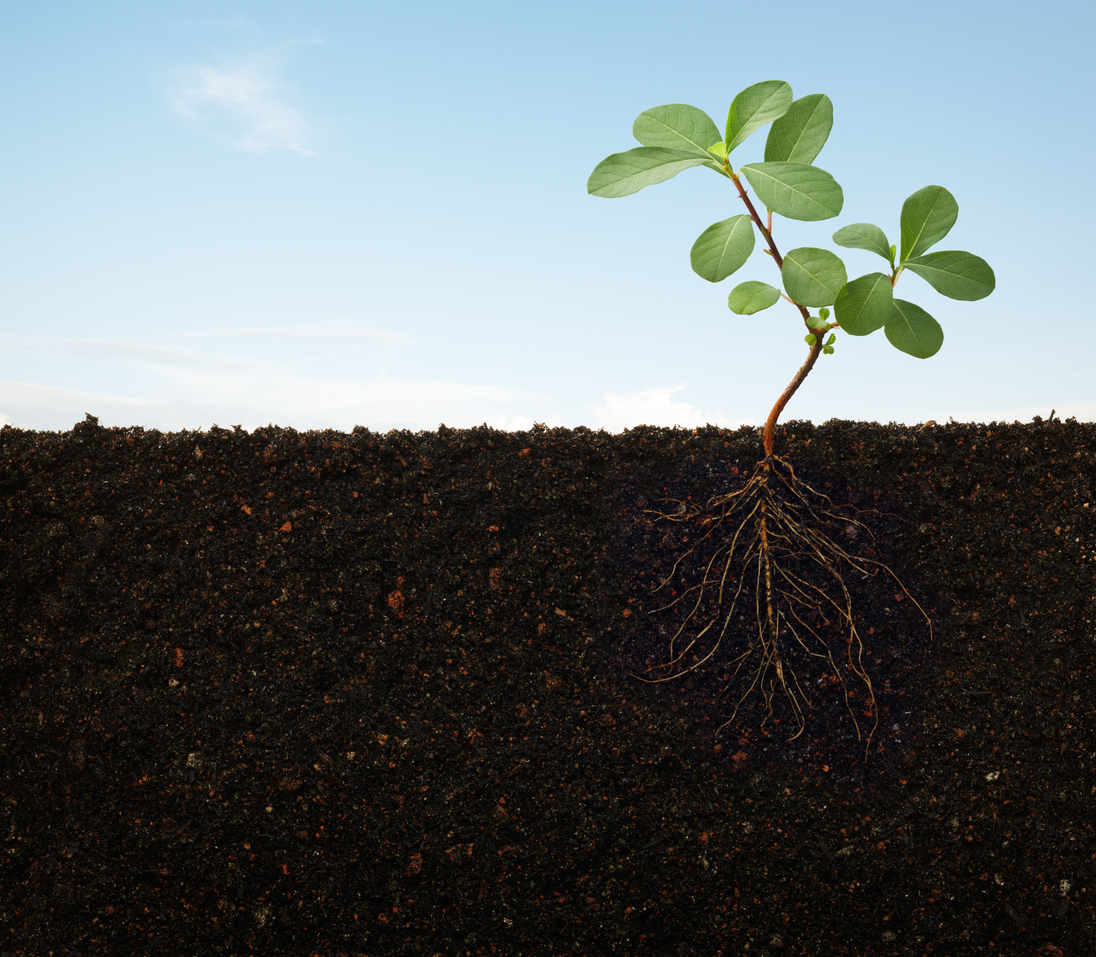Who Grew My Soup? (Grades K-2)
Students identify the source of the food they eat and investigate the processes and people involved in getting food from the farm to their spoon.
Students identify the source of the food they eat and investigate the processes and people involved in getting food from the farm to their spoon.
Students investigate a variety of tree fruits, discover how and where they are grown, and explore their nutritional benefits.

Students will discover how geography and climate influence the crops that are grown and the livestock that is raised in each state.

Students will discover how geography and climate influence the crops that are grown and the livestock that is raised in each state.
Students will engage with the Growing a Nation timeline to explore the significant historical and agricultural events and inventions from American history during the years 1930-1949. Students will examine the cause and impact of the Dust Bowl, recognize how the Dust Bowl contributed to the Great Depression, and describe the government's response to assist farmers in the 1930s.
Students investigate a variety of oilseed crops, discover how and where they are grown, and explore their nutritional benefits.
Students investigate a variety of grains, discover how and where they are grown, and explore their nutritional benefits.
Students investigate a variety of nuts, discover how and where they are grown, and explore their nutritional benefits.

Explore the complexity of global commodity chains that link the production and consumption of agricultural products. Discover how economics, politics, infrastructure, and other conditions affect the distribution of food throughout the world.

In this lesson, students will follow the farm to fork process of producing beef, learn how cattle and other ruminants convert grass into nutrient-rich foods such as milk and meat, discover ways cattle recycle food waste, and identify careers in the beef cattle industry.

Students examine different types of soil that have been mixed with water and allowed to settle. Next, they work with a soil model to investigate its components (sand, silt, and clay) and learn how the properties of these components affect the passage or retention of water through the soil and the amount of air in the soil.

Students will explain the roles of diffusion and active transport in moving nutrients from the soil to the plant, describe the formation of soil and soil horizons; and describe the events in the Great Dust Bowl, how they relate to soil horizons, and how those events affected agricultural practices.